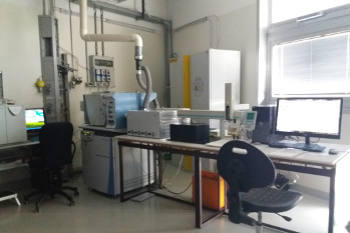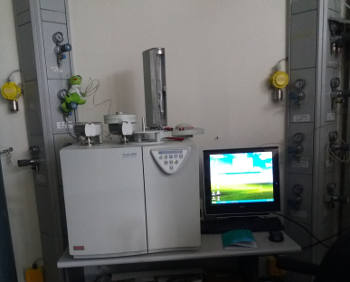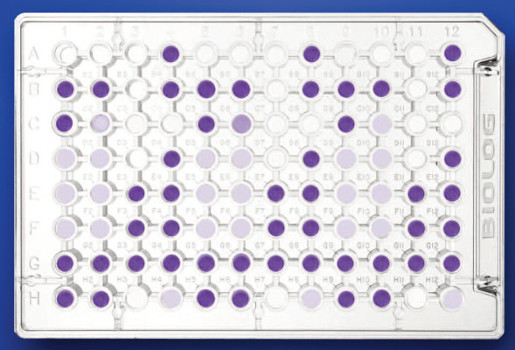Mass Spectroscopy Laboratory (SpeM)
Brief description
In the SpeM laboratory, at the Venice headquarters, the researchers carry out the chemical (trace elements) and isotopic (δD, δ13C, δ15N, δ18O) characterization of natural matrices and the determination of the total carbon and nitrogen content (in soils and sediments).
Trace elements are all those elements in the periodic table present in natural matrices with concentrations of less than 1 ppm (parts per million). The quantification of these elements allows, in addition to the chemical characterization of the samples examined, an evaluation of any contamination problems, including those arising from human activities. This allows us to study the exchanges that may take place between different compartments of the different ecosystems, and the origin of the elements, as well as allowing us to reconstruct temporal variations related to current and past climate changes.
Per Isotopes are atoms belonging to the same chemical element, therefore with the same atomic number but which differ by mass number (that is, they differ by the number of neutrons contained within the nucleus). Isotopes are therefore chemically equal but different from a physical point of view. They differ in nuclear stability and instability meaning that some can be radioactive. Among the most studied stable isotopes are oxygen, carbon, hydrogen and nitrogen. The study of stable isotope relative abundances between the various isotopes of an element, gives a measure of the ratio of one of the heavier isotopes to the lighter isotope (the most abundant in nature) of a given element. This ratio in nature is not constant but may vary as a result of chemical, physical and biological processes that can lead to an impoverishment or an enrichment of one isotope compared to the other in the various phases of a natural system: we speak of this as isotopic fractionation. Stable isotopes have fundamental applications for environmental and paleoenvironmental studies. For example, the measurement of δ18O in snow/ice cores allows a reconstruction of the temperature trends in the past.
Instrument



Element XR DeltaV Advantage Elemental Analyzer Flash2000HT
ICP-SFMS Element XR Thermo Scientific equipped with various sample introduction systems (Scott-type spray-chamber in PFA; cyclonic spray-chamber in glass or PFA, cooled by a Peltier system; APEX-ESI system equipped with heated cyclonic spray-chamber (both in glass and in PFA) and a cooling system for the reduction of interferences from oxides and doubly charged ions, resistant to hydrofluoric acid; ARIDUS-CETAC system equipped with heated spray-chamber in PFA and a heated membrane, for the reduction of oxides and doubly charged ions). The instrument is also equipped with an auto-sampler protected by a laminar flow hood that keeps the samples clean during the analysis sessions.
Contact person: Dr. Giulio Cozzi - giulio.cozzi AT cnr.it - CNR-ISP Venice headquarters
IRMS DeltaV Advantage Thermo Scientificequipped with: Gas-Bench (with autosampler), Elemental Analyzer Flash HT with double furnace, two autosamplers for solid samples and one autosampler for liquid samples and ConFloIV, and Gas chromatograph (GC Trace with auto-sampler).
Contact person: Dr. Clara Turetta - clara.turetta AT cnr.it - CNR-ISP Venice headquarters
EA Elemental Analyzer Flash2000HT Thermo Scientific with double furnace, two autosamplers for solid samples and one autosampler for liquid samples.
Contact person: Dr. Clara Turetta - clara.turetta AT cnr.it - CNR-ISP Venice headquarters
Matrix and type of measurement
ICP-SFMS: snow/ice, sea water, surface and groundwater, interstitial water. Determination of trace elements (at ppb to ppq level).
IRMS - Gas-Bench: water (snow/ice, sea water, surface and groundwater, interstitial water), carbonates (foraminifera, carbonates s.s.). δD, δ13C, δ18O measurements,
IRMS - EA: soils, sediments, biota. δ13C, δ15N measurements.
EA: soils, sediments, biota. Determination of total nitrogen (TN), total carbon (TC) and organic carbon (OC).






















